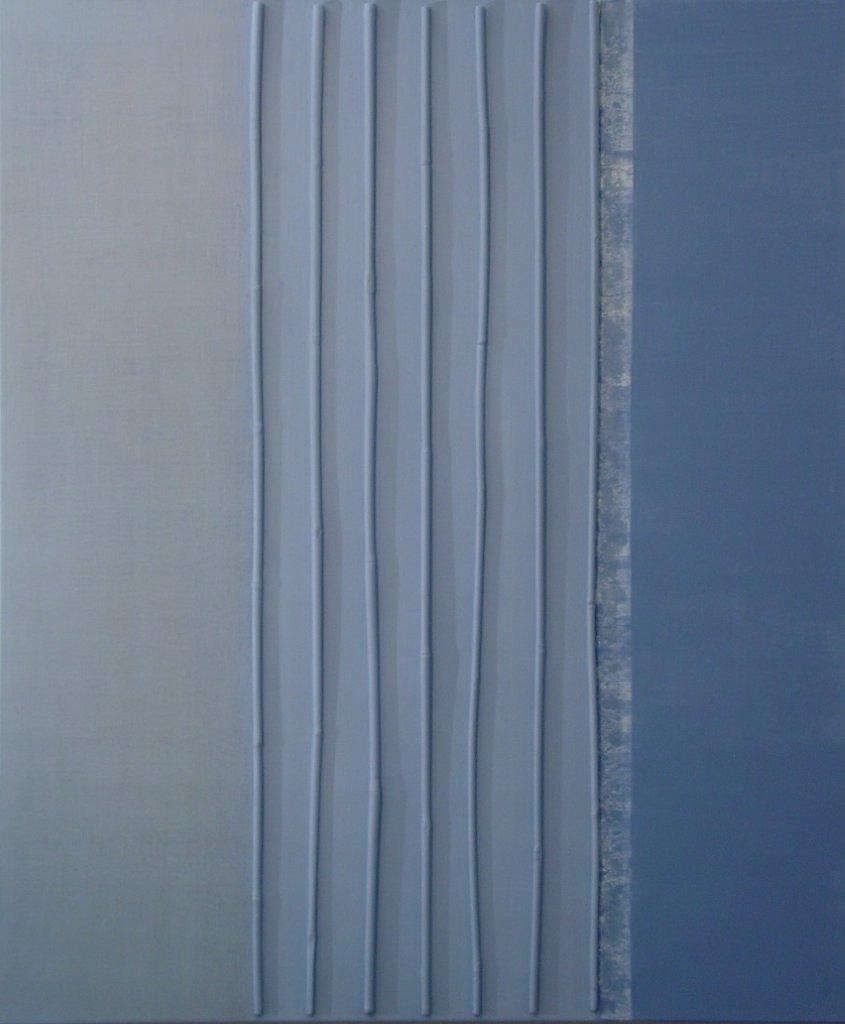|
Wim Zorn: ā€˛Once More with Feeling“ |
||
|
Initially Wim Zorn paints figuratively. Soon a need to simplify forms arises. In 2002 Hans Paalman (former director of the Schiedam Municipal Museum) starts him off on another track. The painter relinquishes his reliance on realty and learns to trust his intuition and feelings. His studio becomes at once a delivery room and a loboratory. In his work place he creates an autonomous world of materials, form and color, in which spatial experiences are combined with physical presence. The paitings manifest themselves as bodies of paint which stimulate the sense of touch. Subcutaneously, an element of delicacy always prevails. Irregularities, rough surfaces and ragged edges alleviate the severity of the formal language. A dialogue with physicality may be sensed in every fibre. Bamboo as well as textiles and fibreglass are incorporated into his matter paitings. The overpainted materials guarantee a weathered skin. They enliven the picture and suggest combination of simplicity, balance, visual tension, and the creation of space and quiet. To reach that artistic goal, powers of concentration, decisiveness and independence are essential elements. |
||
 |





